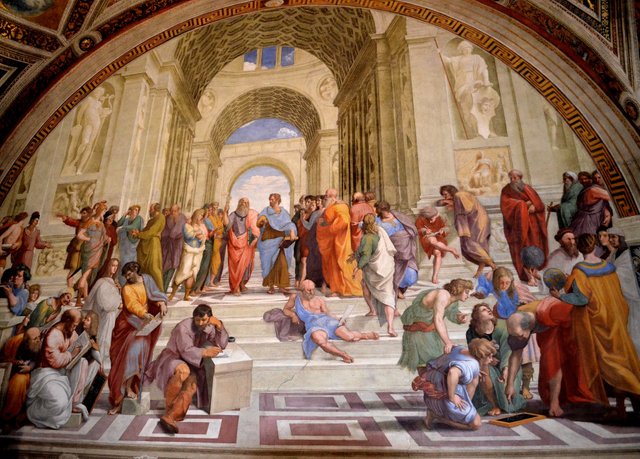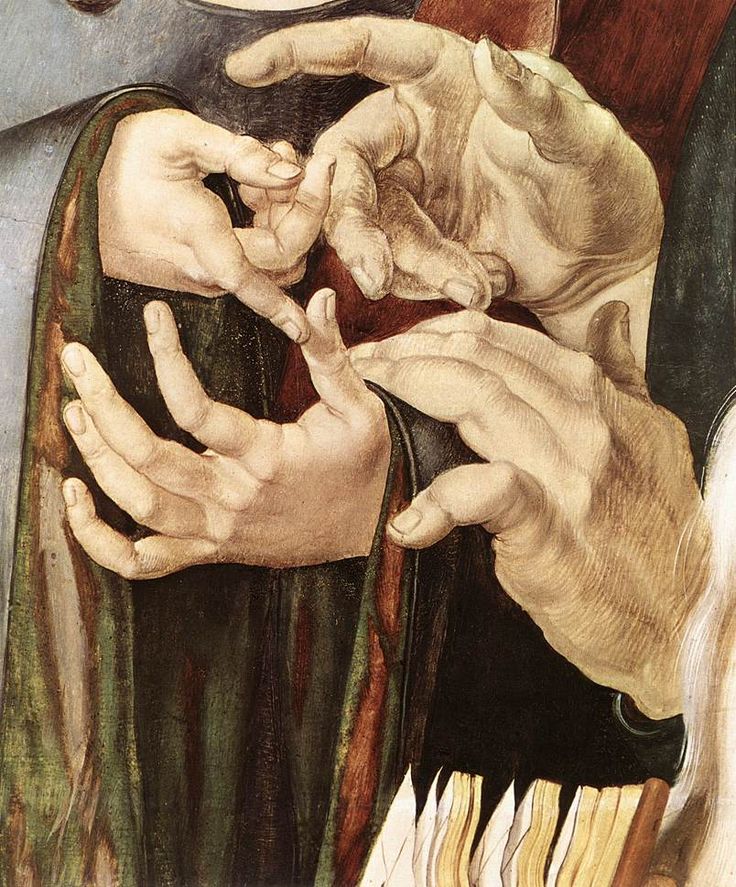The Artists Responsibility of Control
I must begin by pointing out the fallacy of the belief of some painters that any attention to the technical details of the craft will interfere with free expression of their intention, and by ignoring these things your leaving yourself with more time to develop your creative skills. Writers as early as 1700 have long sense believed there where some kind of secrets that the masters kept, yet the art community has always been completely open even to this day. Its up to the artist to learn these skills as the old masters did. As on many accounts they made it perfectly clear that production of supplies being just as important as learning how to apply it.

Masaccio
The Tribute Money (1425)
It can be assumed that this popularity in the abandonment of this basic knowledge its having an affect on the development of the craft. While some hold the opinion that its all in an attempt to find a new viewpoint of the craft most schools and critics view works made under these circumstances as holding very limited merit to art in general. The electric light also had a huge impact on the craft. Earlier mentions of thick layers of oils paints where thought to have a negative impact on permanence. It wasn't until we where more easily in control of this lighting where we able to display such works with all the sparkle and appeal that was intended within the almost impasto molding style. Much of the early works that where done under lamp or gaslight are clearly visible under any light, while more modern styles such as impasto the strokes can look blobbed or even shiny under most light. Its not until that light has been adjusted to the correct volume and angle does it show its true beauty taking there place as comparable works.

"The School of Athens", fresco painting by Raphael, Museos Vativcanos, Vatican City, 1509-1510
Another fine example of this is the use of glossy varnishes as a final touch up to correct values through the refraction of light. Much of these methods have very little chance of the work lasting more than 30 years before cracking and crumbling. While criticism for the style is unintended it still remains that the affects you get from blobbing oil paint onto a canvas can better be achieved with an acrylic polymer that has a much higher life expectancy.

Christ Among the Doctors, Albrecht Dürer, ca. 1506
In America there was little to no contributing to the development of the craft as it was still a very much European tradition up through the nineteenth century, and much of the American painters fallowed closely behind the schools of Europe. Much of the writings from this era wile I'm sure interesting are more commonly ignored due to the lack of merit in education during this time. Its this education that they lacked that negatively affected the preservation of there work. The exact recipe the ancient Egyptians used for their binders isn't as important as why they used what they did to cause it to last in almost near perfect condition for thousands of years.
Thank You for reading!
Tomorrow we will begin to discus pigments. What are they, and can you eat them? Spoiler alert no you cant eat them.
Don't be shy that upvote and resteem wont push itself, but you have to let me know so I can check out your page to!